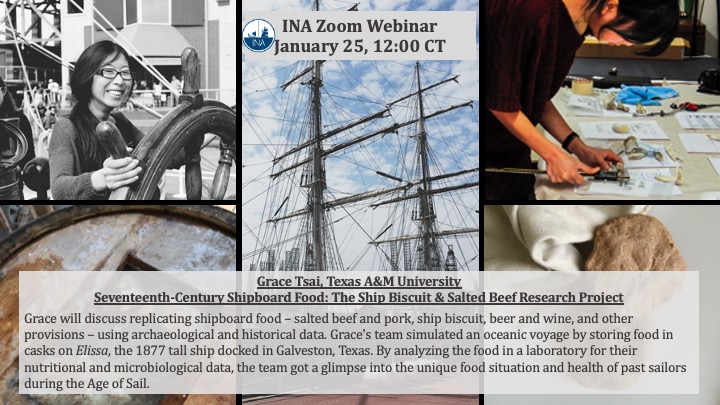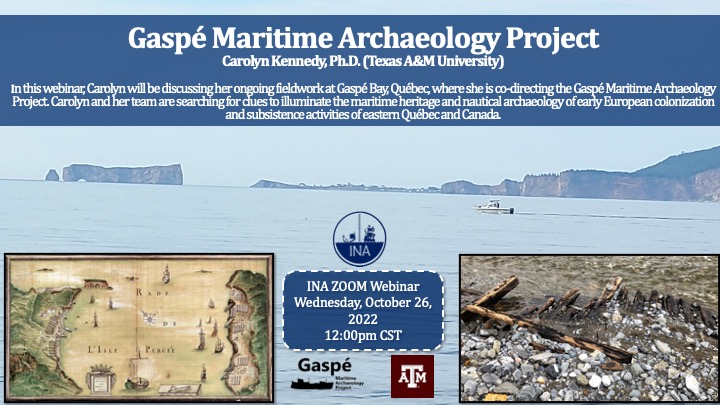From time to time, INA offers the “Wednesday Webinar,” in which archaeologists and directors of INA-supported projects deliver online presentations featuring their recent research. The Wednesday Webinars are open to everyone.
INA Webinars are recorded only with the permission of the presenter(s). Check out the upcoming INA webinars and past recordings at the bottom of the page.

























